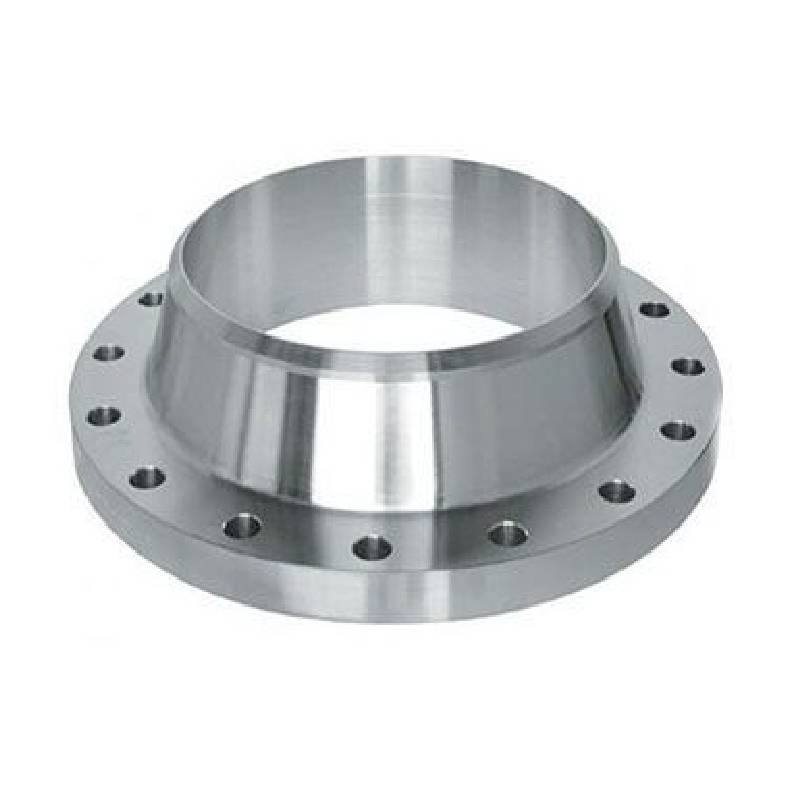-
Cangzhou Yulong Steel Co., Ltd.
-
Phone:
+86 13303177267 -
Email:
admin@ylsteelfittings.com
- English
- Arabic
- Italian
- Spanish
- Portuguese
- German
- kazakh
- Persian
- Greek
- French
- Russian
- Polish
- Thai
- Indonesian
- Vietnamese
- Zulu
- Korean
- Uzbek
- Hindi
- Serbian
- Malay
- Ukrainian
- Gujarati
- Haitian Creole
- hausa
- hawaiian
- Hebrew
- Miao
- Hungarian
- Icelandic
- igbo
- irish
- Japanese
- Javanese
- Kannada
- Khmer
- Rwandese
- Afrikaans
- Albanian
- Amharic
- Armenian
- Azerbaijani
- Basque
- Belarusian
- Bengali
- Bosnian
- Bulgarian
- Catalan
- Cebuano
- China
- China (Taiwan)
- Corsican
- Croatian
- Czech
- Danish
- Esperanto
- Estonian
- Finnish
- Frisian
- Galician
- Georgian
- Kurdish
- Kyrgyz
- Lao
- Latin
- Latvian
- Lithuanian
- Luxembourgish
- Macedonian
- Malgashi
- Malayalam
- Maltese
- Maori
- Marathi
- Mongolian
- Myanmar
- Nepali
- Norwegian
- Norwegian
- Occitan
- Pashto
- Dutch
- Punjabi
- Romanian
- Samoan
- Scottish Gaelic
- Sesotho
- Shona
- Sindhi
- Sinhala
- Slovak
- Slovenian
- Somali
- Sundanese
- Swahili
- Swedish
- Tagalog
- Tajik
- Tamil
- Tatar
- Telugu
- Turkish
- Turkmen
- Urdu
- Uighur
- Welsh
- Bantu
- Yiddish
- Yoruba

Sep . 15, 2024 10:52 Back to list
welded steel pipe
Welded steel pipes are essential components in various industries due to their unparalleled strength, flexibility, and adaptability. These pipes are formed by welding together steel plates or sheets, which creates a robust structure suitable for a wide range of applications. This article explores the manufacturing process, advantages, and applications of welded steel pipes.
The production of welded steel pipes begins with the selection of high-quality steel plates. These plates are subjected to a thorough inspection to ensure they meet stringent quality standards. Once the material is approved, it is cut into specific shapes and sizes before being heated and shaped into a cylindrical form. The edges of the plate are then welded together using various techniques, including electric resistance welding (ERW) or submerged arc welding (SAW). These methods provide a strong bond, ensuring the integrity of the pipe. The finished pipes undergo additional processes like cutting, coating, and testing to guarantee they are ready for use in various environments.
One of the key advantages of welded steel pipes is their superior strength. The welding process enhances the material's durability, making these pipes ideal for transporting liquids and gases under high pressure. Moreover, welded pipes are available in a wide range of sizes and thicknesses, allowing for custom solutions tailored to specific project requirements. Their adaptability also extends to various industries, including construction, oil and gas, water supply, and manufacturing.
welded steel pipe

Welded steel pipes are particularly prevalent in the oil and gas sector. They are used for gathering, transporting, and distributing natural gas, petroleum, and other fluids. The ability to withstand high pressure and extreme temperatures makes them a preferred choice for critical applications. In construction, welded steel pipes are utilized in structural applications, such as scaffolding and framework, owing to their strength and stability.
Another significant benefit of welded steel pipes is their cost-effectiveness. The manufacturing process allows for the production of long lengths of pipes, reducing the need for joints and fittings. This not only saves material costs but also minimizes potential leak points, leading to enhanced reliability in applications. Additionally, welded steel pipes require less maintenance compared to other types of piping, further lowering long-term costs.
In conclusion, welded steel pipes represent a vital element in modern infrastructure and industry. Their strength, versatility, and cost-effectiveness make them indispensable in various applications, from transporting resources to structural support. As industries continue to evolve, the demand for high-quality welded steel pipes is likely to increase, making them an integral part of future developments in engineering and construction.
Latest news
-
ANSI 150P SS304 SO FLANGE
NewsFeb.14,2025
-
ASTM A333GR6 STEEL PIPE
NewsJan.20,2025
-
ANSI B16.5 WELDING NECK FLANGE
NewsJan.15,2026
-
ANSI B16.5 SLIP-ON FLANGE
NewsApr.19,2024
-
SABS 1123 FLANGE
NewsJan.15,2025
-
DIN86044 PLATE FLANGE
NewsApr.19,2024
-
DIN2527 BLIND FLANGE
NewsApr.12,2024
-
JIS B2311 Butt-Welding Fittings LR/SR 45°/90° /180°Seamless/Weld
NewsApr.23,2024











